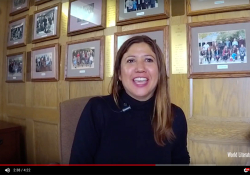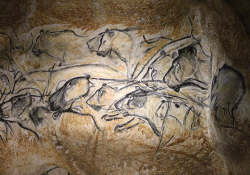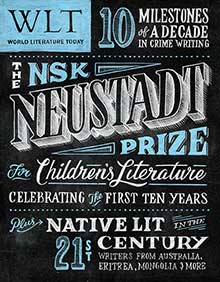World Music: The Contemporary Soundscape of Nomadic Mongolia
The spectacular sounds and exoticism of Mongolian music often attract audiences outside the Mongolian cultural area—the rough, unreal human voice of khöömii (throat singing), the wide range and powerful vocal projection of urtyn duu (long song), and the harmonized sound, unusually familiar to the Western ear, of such traditional folk instruments as the horse-head fiddle. Almost every tourist who travels to Mongolia brings back a CD of Mongolian music. Folk groups such as Altan Urag, Domog, and Khusugtun have recently become especially attractive, not only to westerners—whether visitors to Mongolia or not—but also to Mongolians themselves. Some of the folk pop groups, such as AnDa Union from inner Mongolia, have also had successful US tours by presenting the stunning sound of Mongolian music. This year at the Smithsonian Folklife Festival, another group, Ih Tsetsn, attracted audiences with its extraordinary sound and presentation. But what is it that is so striking about the sound of Mongolia, and of this band?
Under the influence of socialist ideology, Mongolia has transformed and sustained its folk tradition in its own way. The sound of the music is renowned for its unique sonic structure, which has developed out of the nomadic lifestyle. In urtyn duu, or long song, singers extend and ornament the vowels, a technique that produces three to five minutes of folk song from a verse of perhaps just seven or eight words. This is a genre of folk song that developed from herders imitating the sounds of their livestock and of the wind, projecting their song across the endless steppe and the sky. Short song (bogin duu) is quite different from long song, much more metered and structured, although singers also sing a great deal about nature and family. Throat singing (khöömii) is one of the prominent genres in areas in the south of Russia such as Tuva, and it is particularly common in western Mongolia. This singing technique uses unusual resonation to produce overtones in different parts of the body, harmonizing with the wind and the waters of their environment, although the repertoire is based on the tunes of long songs or short songs.
Musically, these folk pop bands have become sensitive to the continuation of the original sounds of instruments and voices while also harmonizing their music so as to appeal to non-Mongolian audiences. One of Altan Urag’s best-known pieces, “Ikh Mongol,” is a good example. It is a new composition, yet inserted within it is an old long song called “Bor bor byalzuukhai (Little brown bird).” In this way, it has become completely new music while presenting the image of the traditional lives of Mongolian environmental nomads in a contemporary context (watch the video clips embedded above). These trends of music-making in contemporary Mongolia present us with a complex yet powerful message about the country’s social outlook. Mongols found their essential identity in their traditional spirit and worldview, but they also found the possibility of negotiating with the global world so that people outside Mongolia might be better able to understand their culture. And I certainly believe it works. If you haven’t come across any Mongolian folk pop music, check it out: you will see what I mean.






